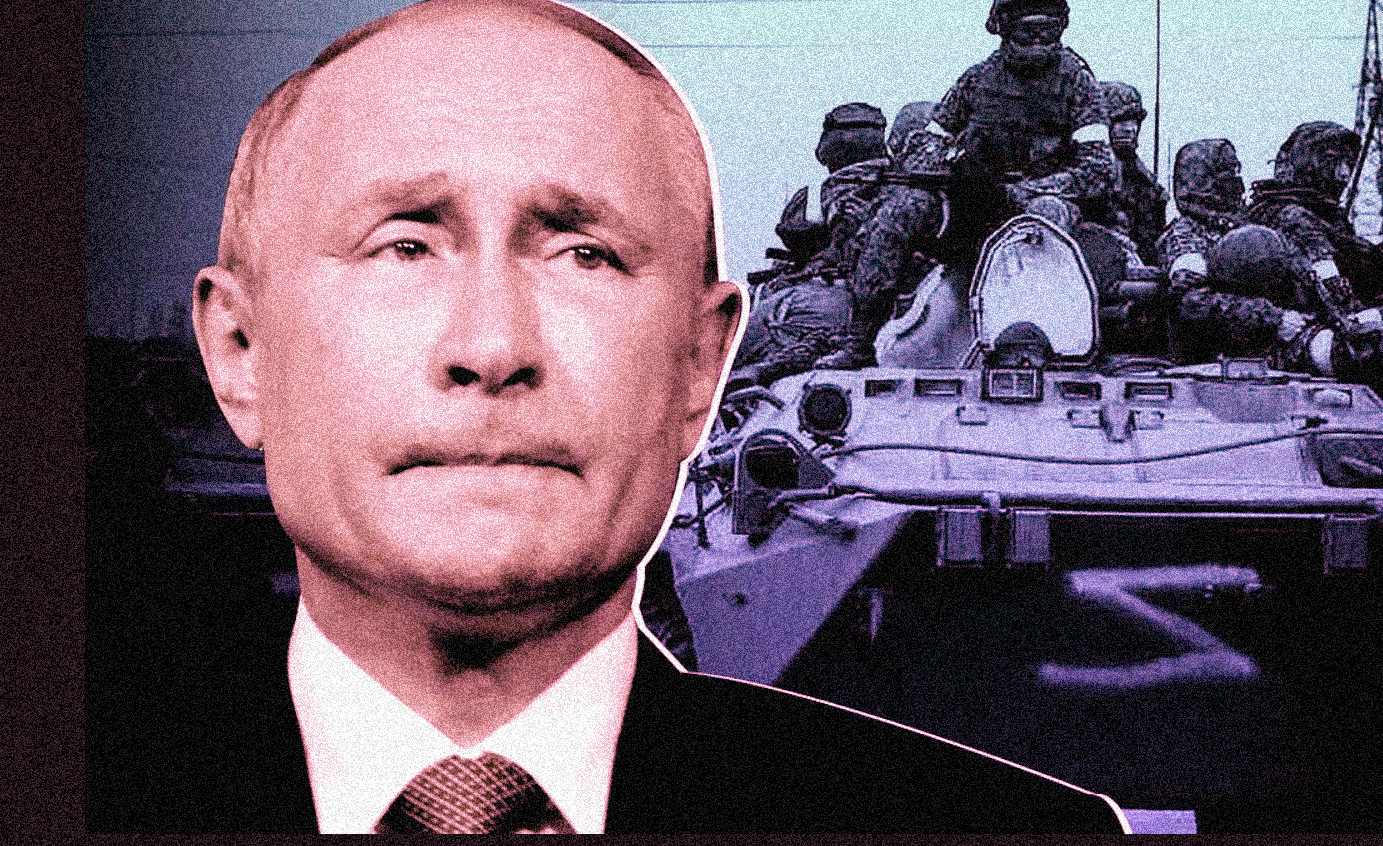Since the beginning of its military invasion of Ukraine, Russia has lost 400,000 personnel and over 2,400 main battle tanks, which account for around 15 percent of its pre-war inventory.
Armed Rebels Seize Nearly 50% Of Myanmar In Military Offensive; Junta Says Nation On The Brink Of Breaking Apart
According to the figures released by the UK Defense Ministry, the Russian equipment losses over the 631-day battle are “over 7,117 armored vehicles,” which include 2,475 MBTs and 1,300 artillery systems. In the air and maritime domains, the UK has estimated Russian losses to include 93 fixed-wing aircraft, 132 helicopters, 320 uncrewed aerial vehicles, and 16 naval vessels of all types.
The lost main battle tanks account for 15 percent of its inventory. The figure as a percentage of active platforms is likely higher, with Russia also potentially unable to effectively replace battlefield losses of more modern equipment.
The Western military experts have put the losses down to the advanced anti-tank weapons that Western nations have given to Ukraine and the ill-thought strategy with which Russia has deployed its tanks.
In a written response to the UK Parliament, the MoD estimated the military personnel losses to be 302,000 killed or wounded during operations. Russian losses from private military contractors, such as the Wagner Group, which have played a significant role in Moscow’s invasion of Ukraine, are not included in the casualty figures. They are said to be around 100,000, bringing the potential total Russian casualty figure to up to 400,000.
The UK Ministry of Defense figures are much more deflated than projected by Ukraine, which claimed Russia lost 5,388 tanks of various types, 10,171 armored personnel carriers, and over 8,500 artillery and guided rocket systems. In aviation, Kyiv claimed Russia lost 650 fixed- and rotary-wing platforms and over 5,600 UAVs.
GlobalData research in December 2022 calculated that Russia’s equipment loss in the first ten months of the war in Ukraine cost Moscow more than the losses it suffered in both Chechen wars combined. According to GlobalData, Russia had 16,970 tanks before the war, including 550 T-90s, 3,450 T-80s, 8,950 T-72s, and 1960s-era 2,000 T-64s and 2,400 T-62s. Russia had 20 T-14 Armata MBTs in inventory.
Russia began using its new T-14 Armata battle tanks to fire on Ukrainian positions, “but they have not yet participated in direct assault operations.” The tanks have been fitted with extra flank protection, and crews have undergone “combat coordination” at training grounds in Ukraine.
The inventory reflects vehicles in service and reserve and those cannibalized for use as spares and repair platforms. As a percentage, Russia’s supposed 2,475 MBTs destroyed in the Ukraine war constitute around 15 percent of its total inventory.
“A greater proportion of the losses will be from the more advanced T-90s, T-80s, and T-72s, with a significant amount of backfilling or regeneration of armored capability being done through the use of bringing back into service legacy equipment,” the Army Technology report said.
The UK MOD, at the end of October, described Russia’s actions in Avdiivka as a “major offensive effort” and said that elements of eight brigades that Russia had committed to the fight had “likely suffered some of Russia’s highest casualty rates of 2023 so far.”
The Washington-based think tank, the Institute for the Study of War, confirmed the loss of roughly 200 armored vehicles in a November 1 campaign assessment from its experts on the topic, noting 197 armored vehicles had been lost or damaged since October 9th.
Riley Bailey, a Russia expert at the Institute for the Study of War, was quoted saying that Russia’s prominent tank and vehicle losses at Avdiivka indicate that Moscow hasn’t “learned a lesson about how to conduct mechanized maneuver warfare properly.”

Western Anti-Tank Weapons Are Russian Tanks’ Bane
The Western anti-tank weapons arming Ukraine has been the bane of the Russian tanks. The US supplied Ukraine with 2,000 Javelin anti-tank missiles as the conflict began and doubled the number later on.
As per the manufacturer Lockheed Martin, Javelins can be fired so that the missile explodes on the top of a tank, where the weakest armor is. To get ahead of the problem, the Russian military, before the escalation of conflict with Ukraine, welded improvised slats to the top of some of its tanks to help them against the threat of the anti-tank munition in Ukraine’s arsenal. Dubbed “cope cages” by outside observers, the additions did not appear to support the Russian tanks much.
Russian tanks are also fitted with reactive armor meant to absorb the impact of missiles. But Javelins equipped with two warheads pierced through it. One of its warheads blows away the reactive armor, and the second pierces the chassis underneath.
The UK has also sent at least 3,600 Next Generation Light Anti-tank Weapon missiles (NLAW). These are also designed to explode as they pass over the relatively exposed turret top of tanks.
The US has also supplied Ukraine with 100 Switchblade anti-tank drones. Known as “kamikaze” drones, they can hover over a target for a long duration and then drop on top of a tank, destroying it with the warhead at their tip.
- Ritu Sharma has been a journalist for over a decade, writing on defense, foreign affairs, and nuclear technology.
- She can be reached at ritu.sharma (at) mail.com
- Follow EurAsian Times on Google News




